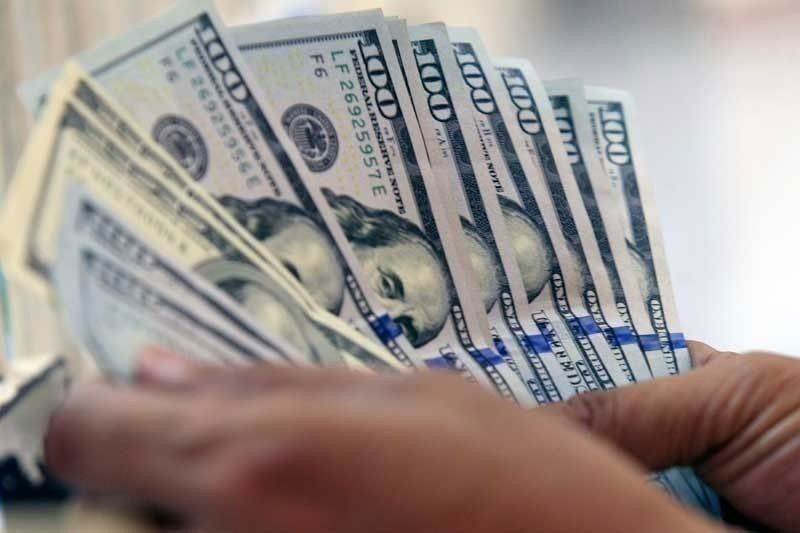Foreign borrowings soar 82% to $17.7 billion

MANILA, Philippines — Foreign borrowings by the national government soared by 82.5 percent to $17.7 billion last year from $9.7 billion in 2019 as the country turned to the offshore debt market for more funds to fight the impact of the global health crisis and bankroll key infrastructure projects.
The central bank’s Monetary Board gave the national government the green light to borrow more from foreign creditors to fund the response programs against the impact of the COVID-19 pandemic and support economic recovery.
Data showed bond issuance by the national government jumped 88.6 percent to $6.6 billion last year from $3.5 billion in 2019, while program loans reached $7.5 billion or 5.3 times the previous level of $1.4 billion.
Last year’s foreign borrowings consisted of 16 program loans amounting to $7.5 billion, three bond issuances worth $6.6 billion, and 15 project loans reaching $3.7 billion.
All foreign loans to be contracted or guaranteed by the government need prior approval from the Monetary Board – the policy-making body of the Bangko Sentral ng Pilipinas – under Section 20, Article VII of the 1987 Constitution.
Likewise, all foreign borrowing proposals by the national government, government agencies and government financial institutions are to be submitted for approval-in-principle by the Monetary Board before commencement of actual negotiations as mandated by the Letter of Instructions 158 issued in January 1974.
“The BSP promotes the judicious use of the resources and ensures that external debt requirements are at manageable levels, to assure external debt sustainability,” it said.
For the fourth quarter alone, public sector foreign borrowings approved by the BSP’s Monetary Board inched up by 7.7 percent to $4.2 billion from $3.9 billion in the third quarter.
Foreign borrowings from October to December last year included a bond issuance worth $2.8 billion, three project loans aggregating to $814.3 million, and two program loans amounting to $600 million.
“Of these, $4.04 billion or 97 percent pertains to foreign borrowings of the national government,” the BSP said.
The bulk or $2.8 billion of the total amount borrowed from foreign creditors in the fourth quarter of 2020 was used to fund the government’s general financing requirements
Another $700 million were used to finance the government’s COVID-19 response measures, $500 million were earmarked for disaster risk financing, $126 million for water transmission improvement, and $88.3 million for the modernization of the Bureau of Customs.
The national government borrows heavily from foreign and domestic creditors to finance the country’s budget deficit as it spends more than what it actually earns.
The shortfall amounted to P1.36 trillion or 7.5 percent of gross domestic product (GDP) last year, more than double the 3.4 percent recorded in 2019, as spending soared while revenues slumped due to the impact of the COVID-19 pandemic.
Government expenditures booked an 11 percent increase to P4.205 trillion last year from P3.797 trillion in 2019, while revenues slumped by 9.5 percent to P2.842 trillion from P3.138 trillion.
Economic managers see the country’s budget shortfall to hit P1.78 trillion or 8.9 percent of GDP this year and P1.64 trillion or 7.3 percent of GDP next year.
- Latest
- Trending


























